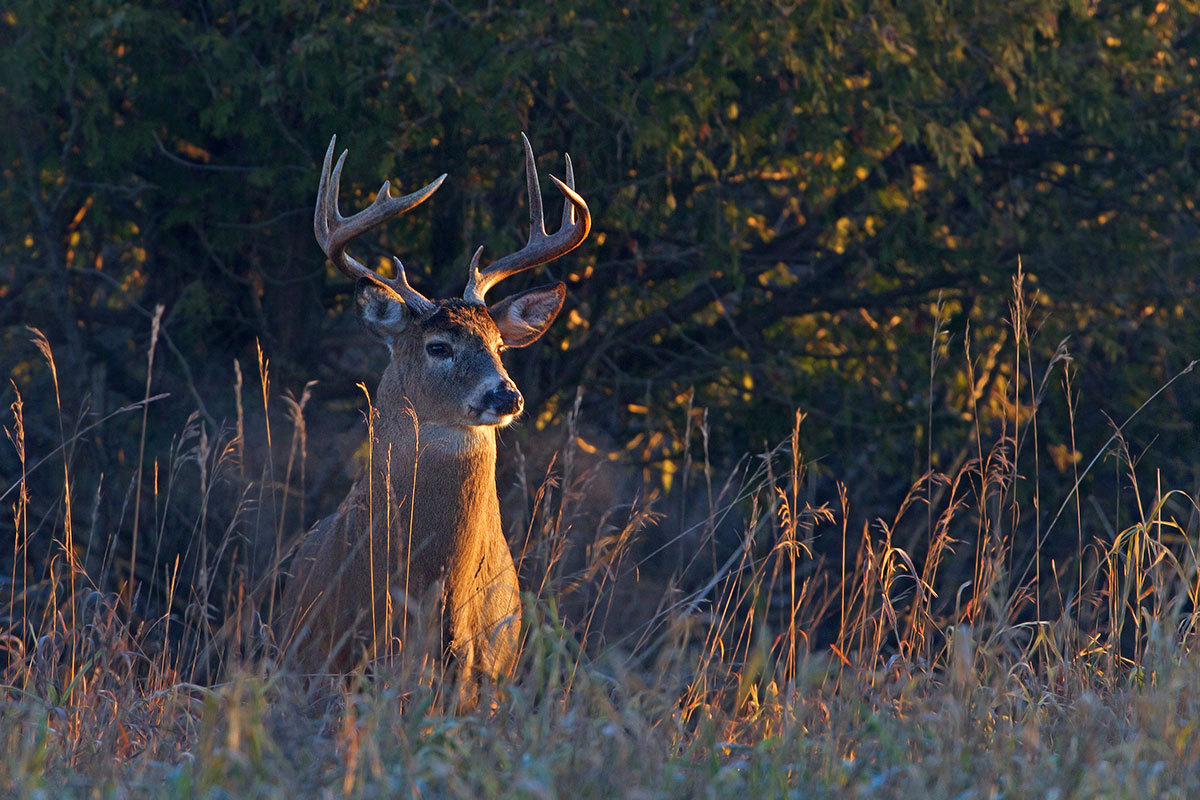Life in the Sanctuary: How Seabrook Islanders Connect With Wildlife
One of the greatest things about life on Seabrook Island is getting to see a vast range of wildlife on a daily basis. Those who already live in our community understand how integrated nature is in every facet of outdoor activities here, but for those who don’t call Seabrook Island home, this lifestyle may be challenging to imagine.
We can write about the Seabrook Island Turtle Patrol or list volunteer opportunities on Seabrook that allow you to keep our beaches clean, but until you live here or spend an extended period of time on our humble island, everything we publish will remain a shadow of the real thing.
In hopes of shedding a little more light on the experience of Seabrook Island’s wildlife, we’ve collected a few stories from around our home about our encounters with Seabrook’s most treasured resources.
Defender of Monarchs

Earlier this year, January temperatures reached record highs; Seabrook Island had nine days in the 70s and many more that were above historical averages. Although this was lovely weather for spending time at the beach, it sent mixed signals to the flora and fauna.
Monarch butterflies feed exclusively on milkweed, a plant that is usually dormant in the winter. With the warmer weather this year, not all of these plants became dormant and monarch caterpillars began to feed.
A resident of Johns Island noticed these caterpillars in her backyard and realized immediately that they would not survive when the winter temperatures returned. She took it upon herself to care for these small monarch caterpillars and she plans to release them on Seabrook Island in the spring.
Seabrook Island King of the Woods

Go outside around dawn or dusk and you will almost certainly encounter a herd of deer. They have become so accustomed to our presence that they have little, if any, fear of humans. If you have dinner reservations off the island, we recommend that you allow an extra ten minutes or so to navigate around the deer!
Although these creatures are omnipresent on our roads and along the treeline, they are not as common on the golf course greens and fairways. One of our golf visitors recently had one of these rare encounters with what he calls, “the King of the Woods.”
As his golf group approached a hill on our Crooked Oaks course, an enormous buck emerged and stood at the apex. The deer made no moves forward; he only stood there quietly looking down at the golfers for a few terse moments before turning and striding back into the woods.
Going Home for the Winter

Many species of birds return to the same beaches or the same general areas every year. However, with the ever-increasing habitat degradation of coastal beaches, these birds that would have once flocked to our Lowcountry shores are being forced to go elsewhere.
Because Seabrook Island Club is a private community that takes sustainability and wildlife seriously, we vehemently protect our beaches from unnecessary developments and disturbances that would cause wildlife to seek shelter elsewhere.
One of our members of the Seabrook Island Birders recently penned his encounter with a few banded oystercatchers. After braving the cold to capture some images of the bands on these birds’ legs, he returned home to get a report on the birds. Out of the three banded birds, one of them was fifteen years old – a number that approaches a record age for oystercatchers! The fact that these birds were choosing to come to Seabrook indicates that our beaches are providing everything to meet their needs: food, shelter, and some well-deserved peace and quiet.
Have you seen an unusual animal on Seabrook? If so, fill out our Wildlife Sighting form and take a look at our Seabrook Wildlife page to see more of our fellow residents.

